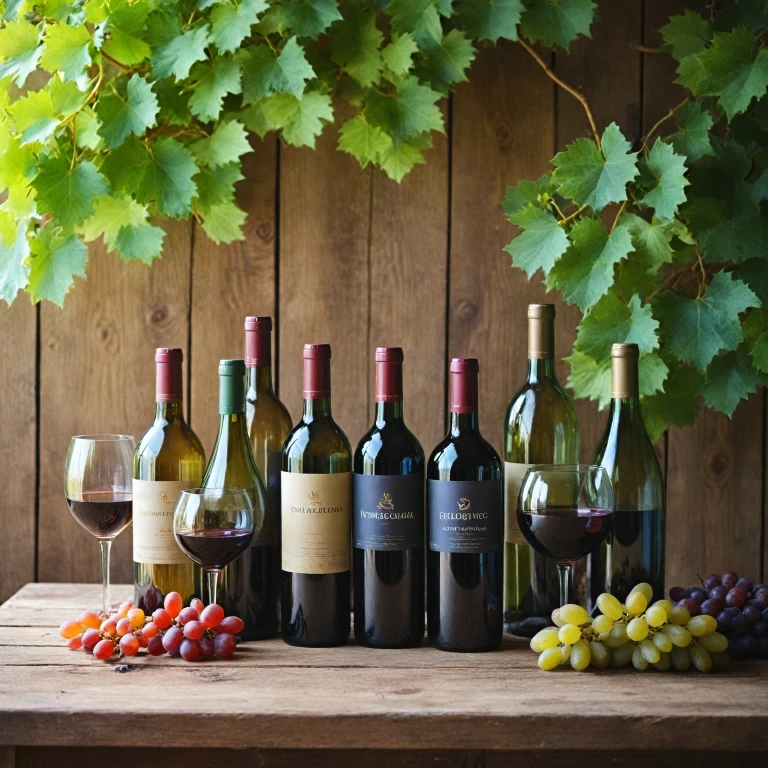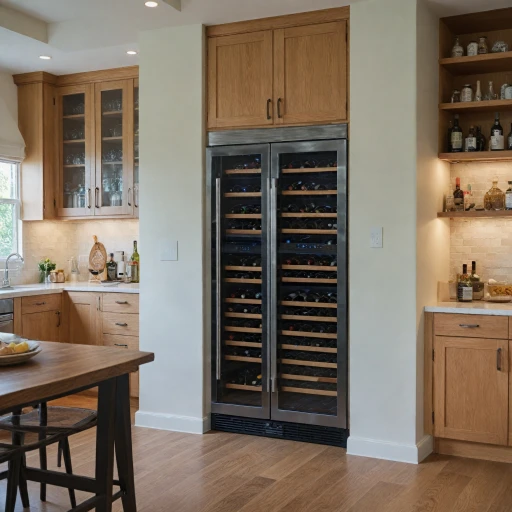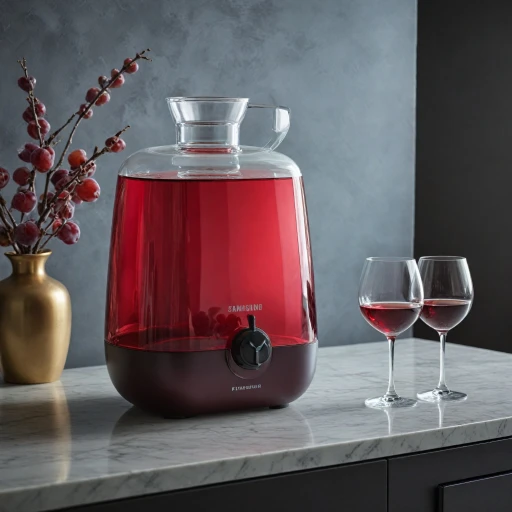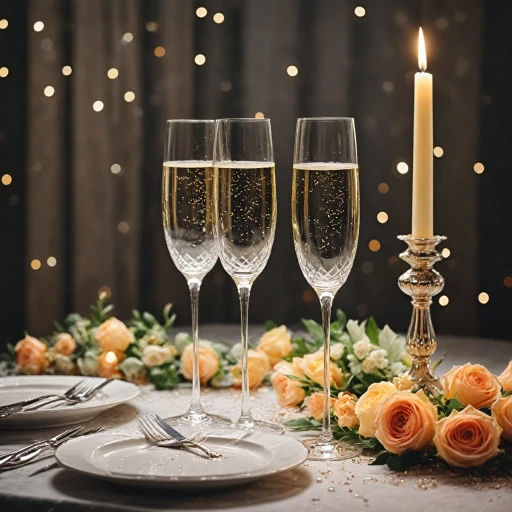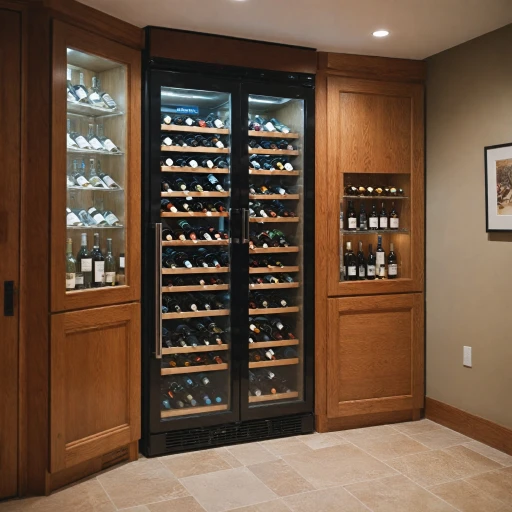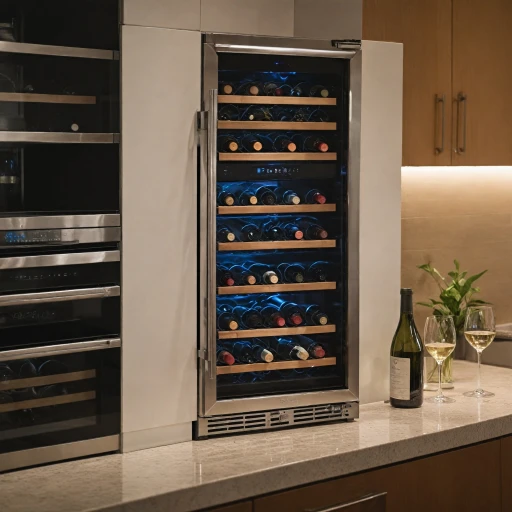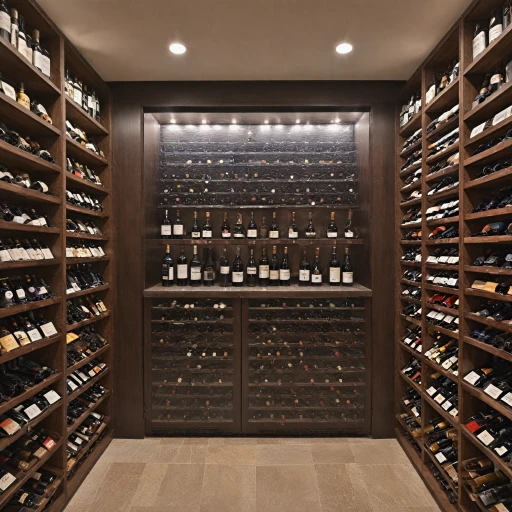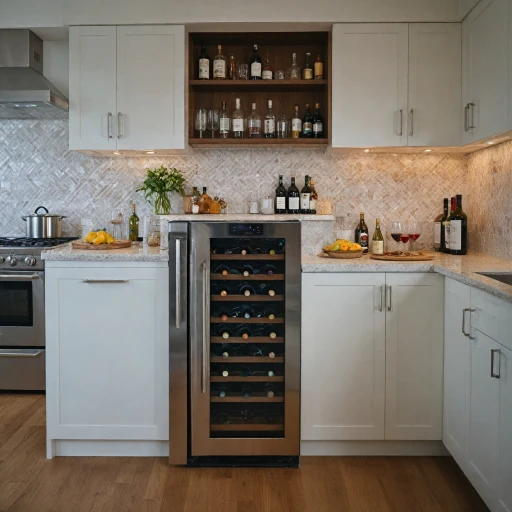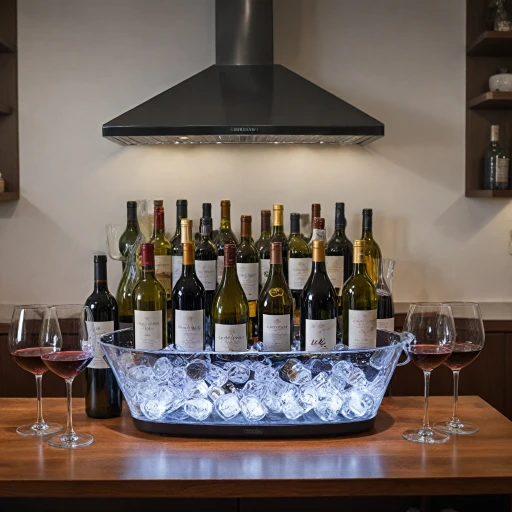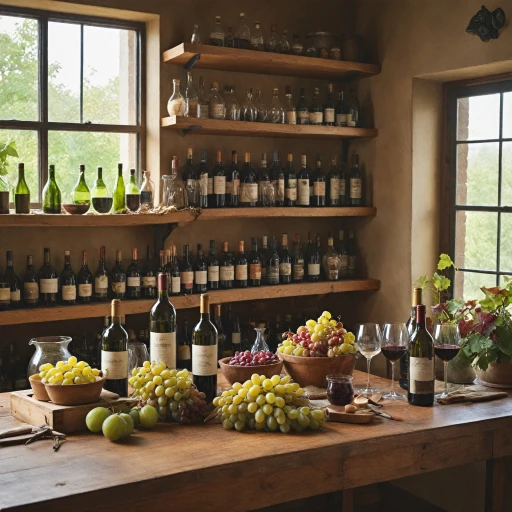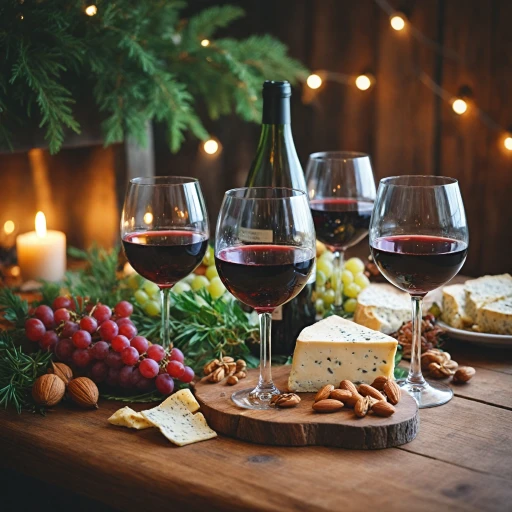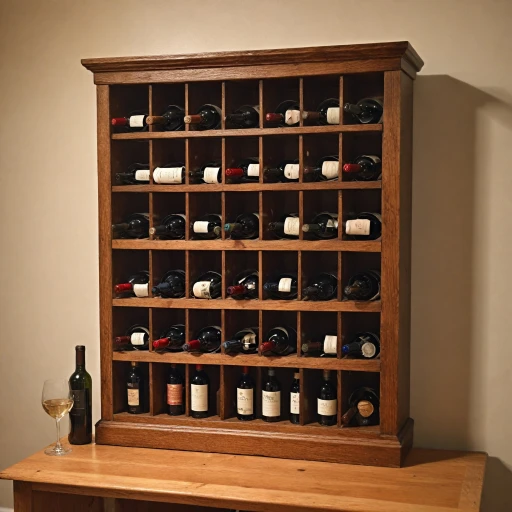
Understanding Bottle Types
Diverse Dimensions and Structures
When it comes to winemaking, choosing the right bottles is crucial to maintaining the integrity of your wine. Wine bottles come in various shapes and sizes, each carrying a unique purpose in the bottling wine process.
- Bordeaux bottle: Characterized by its tall, straight sides and pronounced shoulders, the Bordeaux wine bottle is a favored choice for red wines. These bottles are often made from green glass to protect the wine from light exposure.
- Burgundy bottle: With sloping shoulders and a wider body, these bottles are commonly used for wines like Pinot Noir and Chardonnay. Green or clear glass can be selected depending on the wine's exposure needs.
- Champagne bottle: Built to withstand pressure, these robust bottles are essential for sparkling wines. They are typically heavier and reinforced to prevent explosion risk, with a cork finish secured by a wire hood.
While selecting a wine bottle, it's vital to consider not only the type but also your winemaking style. Burgundy bottles offer broader appeal for wines with complex flavors, while standard Bordeaux wine bottles cater to more structured wines. The art of selecting wine bottles lies in understanding these differing features and matching them to your desired wine characteristics.
For those intrigued by these diverse structures, consider exploring this comprehensive guide for a deeper dive on how bottle choice impacts the chilling process.
The Role of Bottle Color
How Bottle Color Influences Your Wine Experience
When selecting wine bottles, one might underestimate the significance of their color. Bottle color plays a pivotal role in preserving the wine's integrity and enhancing its overall tasting experience. Here's how different hues can influence your winemaking and bottling decisions:- Preservation and Protection: Darker colored bottles, such as antique green or standard green, are often preferred due to their ability to protect wine from ultraviolet (UV) light. Bordeaux wine, with its delicate flavors, benefits particularly from these darker bottles, safeguarding it from light exposure, which can prematurely age the wine.
- Clarity and Aesthetic Appeal: Clear glass bottles provide a visually appealing presentation, which is often chosen for bottling sparkling wines like champagne. The transparency allows consumers to appreciate the wine's color and clarity, which is why wines like champagne are commonly bottled in clear or light green glass.
- Variation by Wine Type: The color choice can also be based on wine type and the targeted market. For instance, red wines are typically stored in darker bottles to extend their shelf life, while lighter colored bottles are often utilized for white wines, enhancing their commercial appeal.
- Brand Differentiation: Certain wine brands use unique bottle colors as part of their branding strategy. This subtle touch not only helps in brand recognition but can also communicate the quality or price range of the wine inside.
Selecting the Right Closure
Choosing the Right Finish for Your Winemaking Bottles
The selection of the perfect closure for your wine bottles is a crucial step in the winemaking process. This choice can impact the wine’s aging potential, flavor preservation, and overall presentation. Here, we delve into the most common types of closures used in wine bottling: corks and screw caps.
Corks have been the traditional choice for winemakers. Natural corks are favored for their porosity, allowing wine to breathe and evolve gracefully over time. This is particularly beneficial for bordeaux wine, known for its complexity and age-worthiness. However, cork finish demands consideration, as improper sealing can result in wine spoilage. When choosing corks, consider reviews and price, and whether they align with your winemaking goals. Investing in a quality corker ensures a consistent and secure seal.
On the other hand, screw caps provide a modern alternative. They offer an airtight seal that preserves the wine’s intended flavors and aromas. Many winemakers have shifted to screw caps for their reliability and ease of use. While some may argue screw caps lack the romantic allure of corks, their practicality can’t be denied.
No matter the closure, ensure your choice suits the aging potential of your wine and the preferences of your target market. For those storing a larger collection, understanding the benefits of a spacious wine fridge is essential for maintaining wine quality.
Bottle Storage Techniques
Optimizing Your Wine Bottle Storage
Proper storage is crucial in maintaining the quality of your wine, whether you're dealing with Bordeaux wine or champagne bottles. The way you store your bottles can significantly impact their longevity and taste. Here are some essential techniques to consider:
- Temperature Control: Wine bottles should be stored at a consistent temperature, ideally between 45°F and 65°F. Fluctuations can cause the wine to expand and contract, potentially compromising the cork finish and allowing air to seep in.
- Humidity Levels: Maintaining a humidity level of around 70% helps keep the corks from drying out. A dry cork can lead to oxidation, which can spoil the wine.
- Positioning: Store bottles horizontally to ensure the wine remains in contact with the cork. This prevents the cork from drying out and maintains a tight seal.
- Light Exposure: Keep your bottles away from direct sunlight and fluorescent lights. UV rays can degrade the wine, especially in clear glass bottles, affecting its flavor and aroma.
- Vibration Minimization: Constant vibrations can disturb the sediment in wine, particularly in antique green bottles, affecting its aging process. Ensure your storage area is stable and free from frequent movement.
- Proper Shelving: Invest in sturdy shelving that can support the weight of your wine collection. This is particularly important for larger bottles like champagne bottles or when storing bottles in bulk, such as in a bottles case.
By implementing these storage techniques, you can ensure that your wine maintains its quality from bottling to the moment you decide to enjoy it. Whether you're storing standard wine bottles or unique glass bottles, these practices will help preserve the integrity of your collection.
Labeling and Branding Considerations
The Importance of Eye-Catching Labels
The visual appearance of a wine bottle is crucial in attracting potential buyers, especially when placed in a retail environment. The label design helps to convey the story, quality, and heritage of the brand or vintage, playing a pivotal role in consumer choices. A well-designed label not only enhances the value of the wine inside but also aids in consumer recall and brand recognition. Wine enthusiasts often pay meticulous attention to branding when comparing bottles, case reviews, and selecting their next purchase, whether it’s a classic Bourdeaux or a contemporary creation. When designing labels, consider the following factors:- Legibility: Ensure text clarity when printed on various bottle types and colors, such as antique green or clear glass bottles. The contrast between font and background should be optimized for easy reading.
- Regulatory Information: Certain regions and wine types like champagne or Bordeaux wine have specific requirements for information that must appear on the label, such as alcohol content, volume (like the standard 750 ml), and origin. Compliance with these requirements is non-negotiable.
- Material Quality: The choice of paper and ink should endure the chilling and condensation that come from bottle storage techniques, ensuring the label remains intact and appealing.
- Brand Identity & Emotional Appeal: Use imagery, colors, and typography that reflect and distinguish your brand. Unique aesthetics can appeal emotionally to consumers, encouraging them to reach for your bottle over another.

